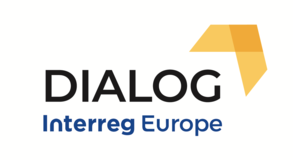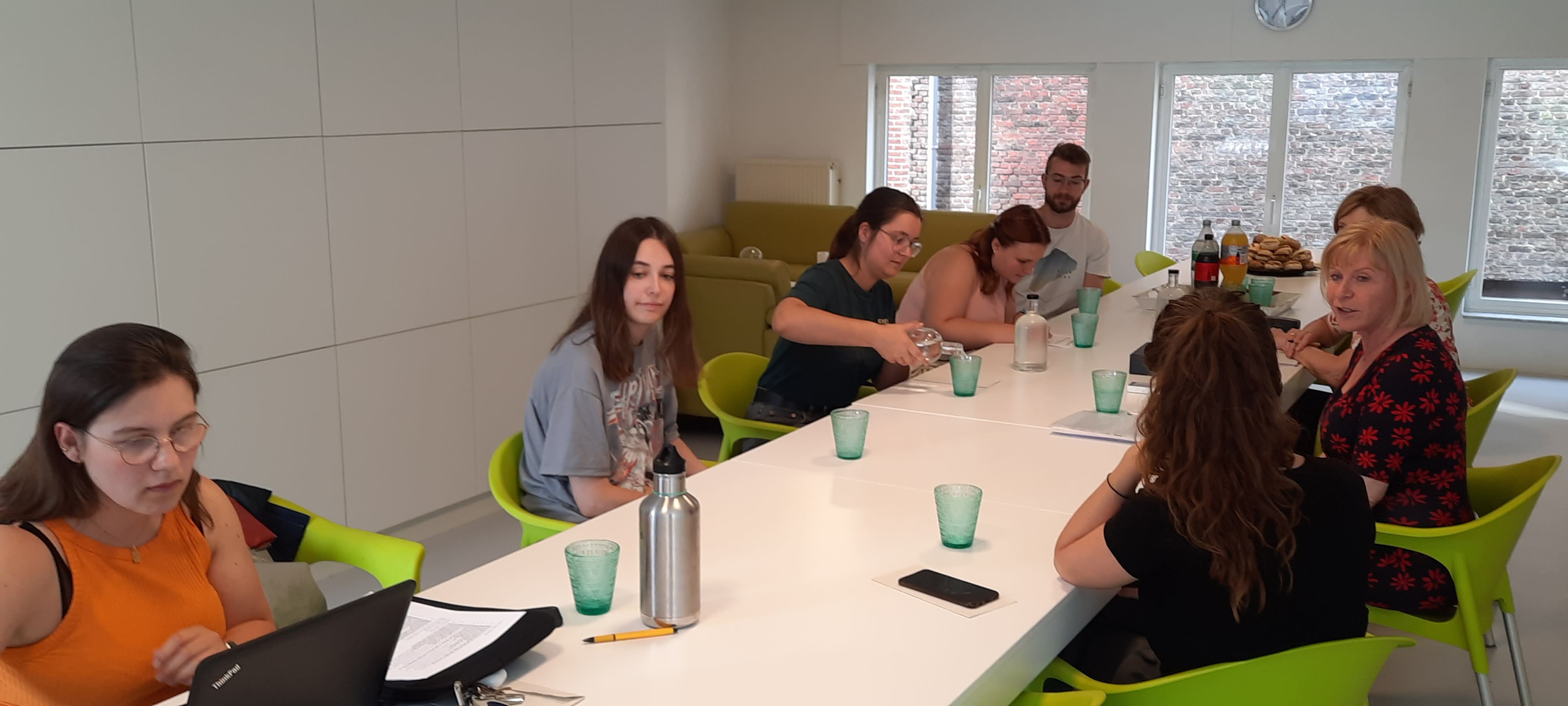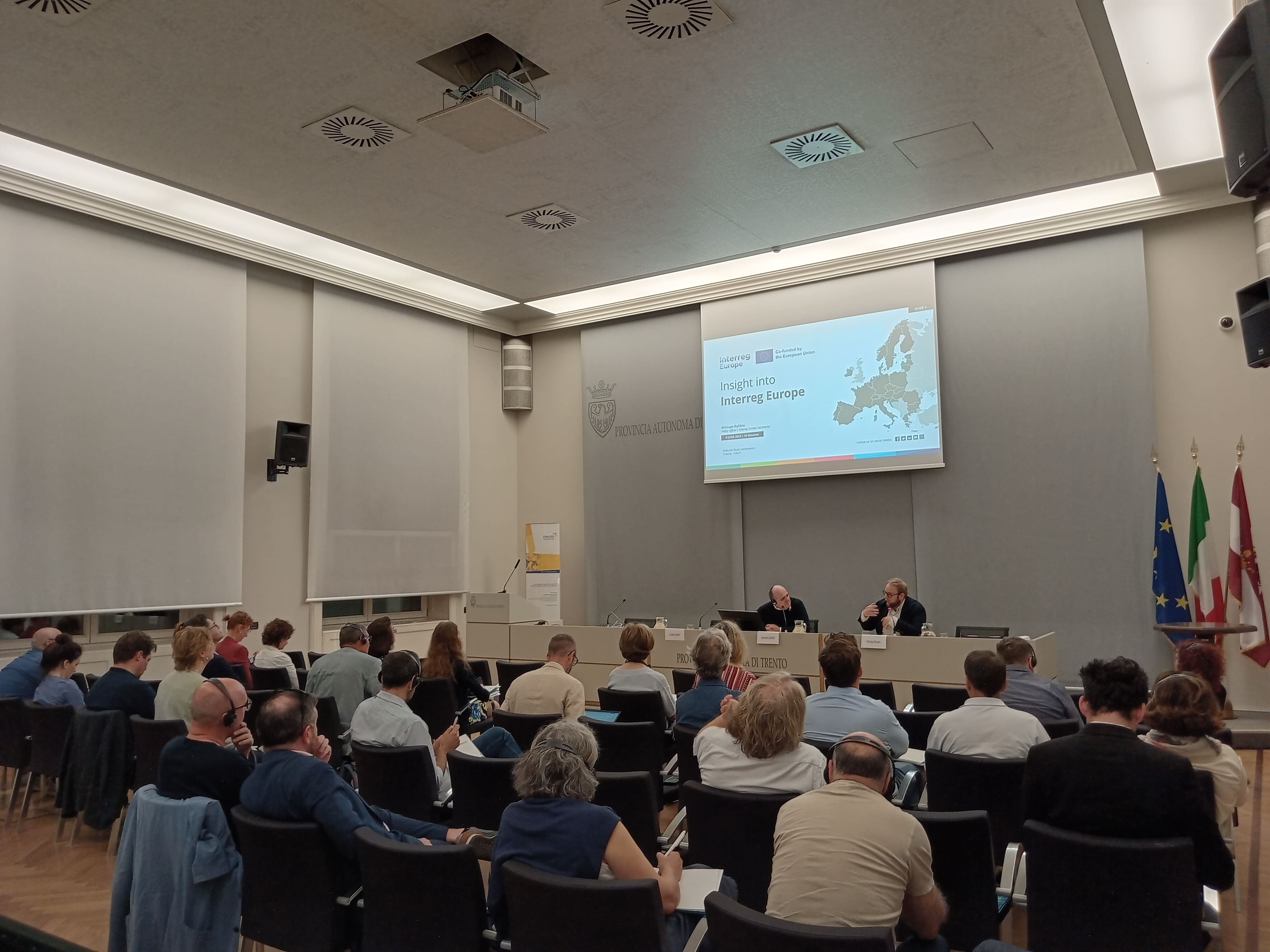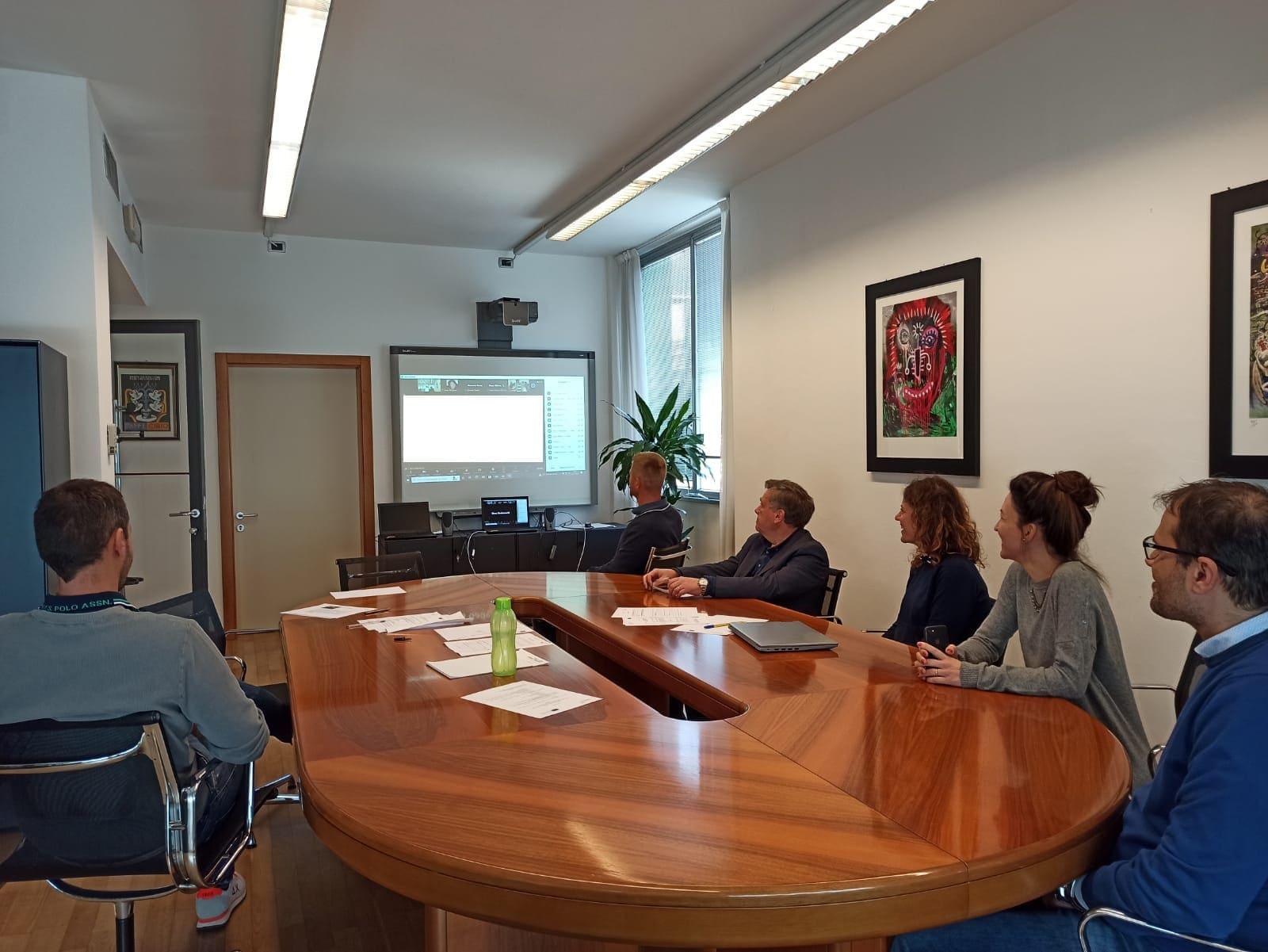The fourth web meeting of the DIALOG project took place via zoom 26 November 2020 from 9.00 to 12.00 am.
The meeting organized by the German partner from the Lower Saxon was moderated by the German project manager Sissi Eklu-Natey. Altogether 59 people including project partners and stakeholders participated.
The meeting opened with the institutional greetings of Birgit Honé, minister of the Lower Saxon Ministry for Federal and European Affairs and Regional Development. The Minister underlined her ministry’s focus on actively involving stakeholders in the discussions about the EU funding instruments and in this context the importance of investigating new ways of exchanging ideas in order to guarantee the participation of stakeholders for the development of innovative policy instruments.
The meeting continued with the presentation of Kirsten Meyer, head of the Interreg unit of the Lower Saxon Ministry for Federal and European Affairs and Regional Development, who explained the aims, projects and programs of the ministry. She stressed the uniqueness of the ministry, since it is responsible for both European funds and regional development. The ministry is ensuring constant dialogue between the European institutions and the regional needs. This allows the ministry to engage with stakeholders, especially when it comes to defining the strategies and objectives to be achieved with European funds.
Afterwards, we moved on to the presentation of the three case studies identified by the German partner together with local stakeholders.
The first case study -“The Lower Saxon Strategy for Eu Funding 2021-2027” -was presented by Christoph Lahner. The strategy is comprising all important EU funds in Lower Saxony, namely ESF, EFRD and EAFRD. The objective of this strategy is to use the funds in an efficient, coordinated and targeted manner in order to stimulate the efficient exhaustion of the available resources. A bottom-up approach, in which the participation of all stakeholders was encouraged, was used for the design of the strategy. Broad stakeholder participation was a means to define the objectives in a shared and widely accepted way and to assure a basis for the development of innovative policy instruments that are adapted to the needs of Lower Saxony. Throughout the different steps of the stakeholder engagement, three general strategic goals, which are subdivided into fifteen specific objectives, were defined.
The second good practice -“The setup of the Lower Saxon RIS3 (Innovation Strategy)” -was presented by Antje Overmeyer. The development of a RIS3 is a precondition for the approval of EFRD funding for a region. The aim is to identify and develop competitive advantages within the framework of "A smarter Europe by promoting innovative and economic transformation". To ensure a full development of the strategy, more than 150 stakeholders in the field of business, the scientific community, public authorities and social partners were involved to discuss and develop this strategy. In order to capture the viewpoints, needs and expertise of all involved parties, the participation process was organized through workshops and an entrepreneurial discovery process. These meetings lead to a first draft of the strategy in April 2020. Within the RIS3 document, seven fields of growth were defined:
1. mobility
2. life science
3. technology and energy systems
4. agro-food economy
5. new materials
6. engineering production and
7. maritime economy
The subject of digital economy was defined as a transversal element all seven fields of growth.
The strategy is widely accepted and the European Commission approved of the results Lower Saxony achieved.
Thomas Schleifnecker presented the last good practices -"Social Innovation in Lower Saxony - a new policy instrument" -. The ESF funding instrument allows every artificial or non-artificial person with an innovative idea in the field of social services for the public and/or working environment to apply for funding. In order to develop these ideas into sustainable concepts, three units for social innovation were implemented that also formed the steering committee for the policy instrument. By now, the Steering committee approved 52 projects in the field of social innovation.
Afterwards, Stefano Boffo from the scientific committee of the project presented a synthesis document for the DIALOG case study evaluation. In particular, he explained the matrix that identifies the methods and techniques used for the involvement of stakeholders in the best practices presented by the DIALOG partners with regard to the different phases of the project, which is divided into 4 phases:
- information to stakeholders;
- consultation of stakeholders;
- stakeholder involvement;
- stakeholder collaboration;
Finally, the Bulgarian partner –represented by Maya Milova- announced that the next web meeting organized by the Vratsa Chamber of Commerce will take place on 10 December from 10 to 12 am.








